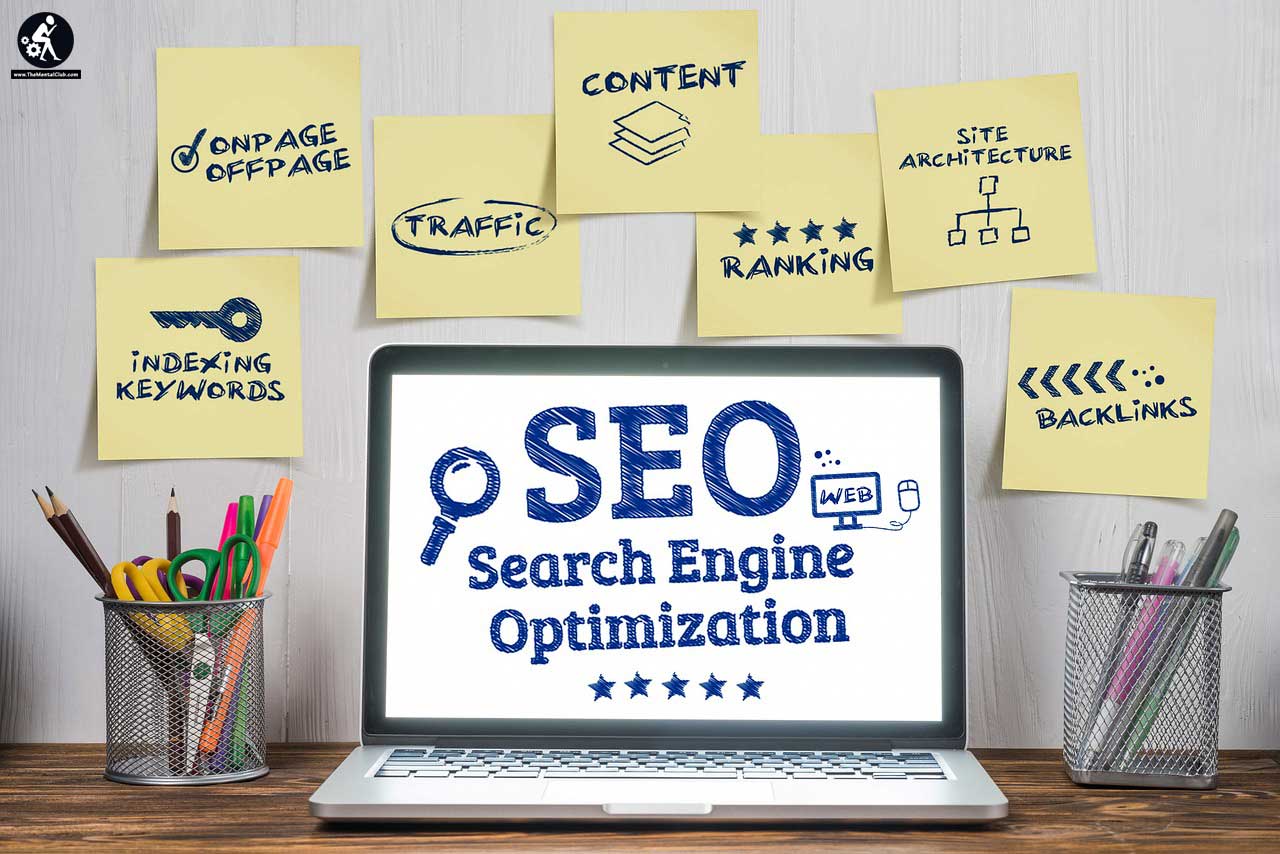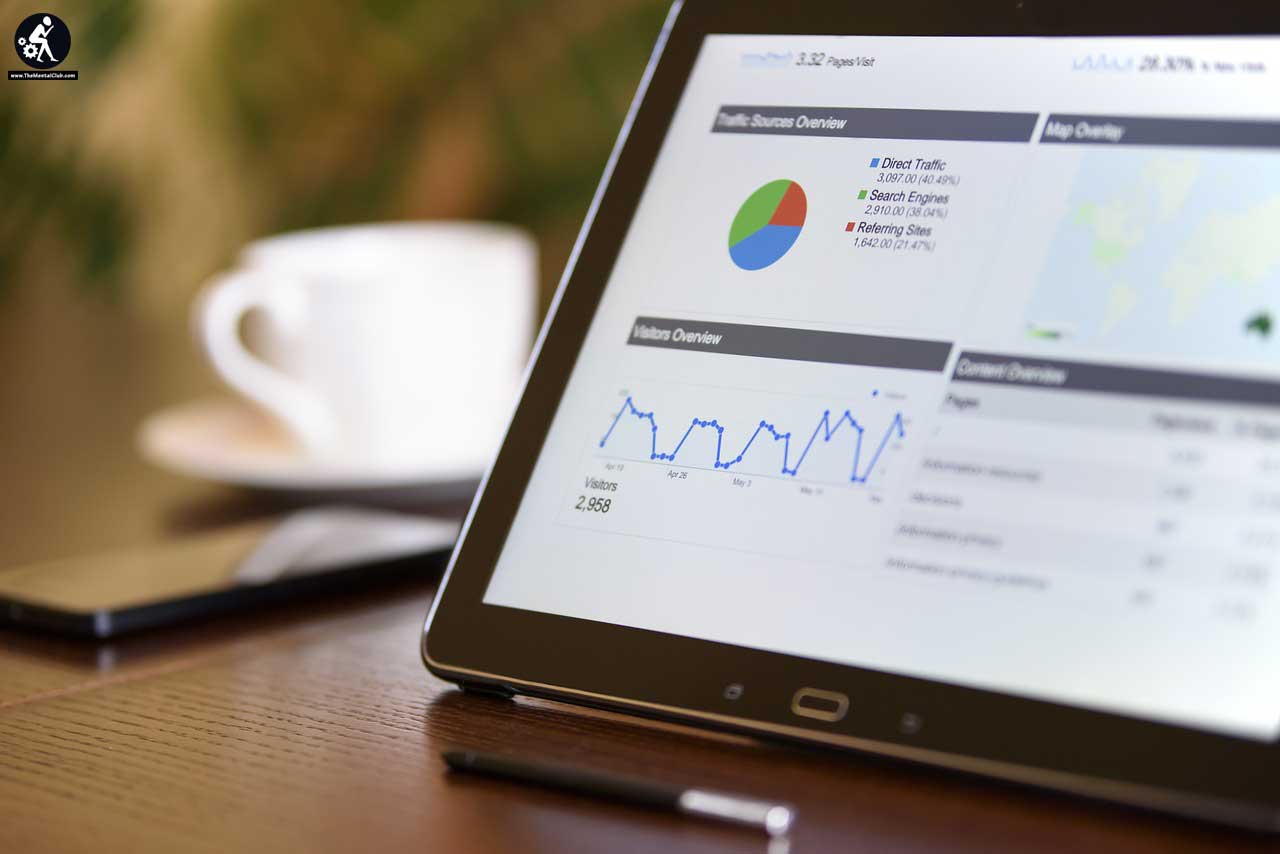In eCommerce’s fast-paced, growing landscape, where digital storefronts are the gateways to success, mastering the art of Search Engine Optimization (SEO) is paramount. For Shopify store owners, understanding and implementing effective SEO strategies can be the game-changer that can take their business to new heights. In this blog, we dive deep into the insights provided by development experts of a professional Shopify development company, unveiling the secrets to enhance the SEO performance of your Shopify store.
The Foundation: Technical SEO

Before delving into the more intricate aspects of SEO, it’s crucial to establish a solid foundation with technical SEO. The experts emphasize the importance of optimizing your Shopify store’s technical aspects to ensure search engines can crawl and index your pages efficiently, improving your store’s SERP ranking.
Responsive Design
With mobile searches dominating the online landscape, responsive design is non-negotiable. One recommends ensuring your Shopify store is mobile-friendly, as this enhances user experience and is a crucial factor that search engines consider when ranking websites.
Page Speed Optimization
The need for speed cannot be overstated. Slow-loading pages frustrate users and can lead to a decline in search engine rankings. Development experts of a reliable Shopify development company suggest optimizing images, leveraging browser caching, and minimizing unnecessary code to boost your Shopify store’s page speed.
Clean URL Structures
Clean and organized URLs contribute to a positive user experience and are favored by search engines. One advises creating descriptive, concise, and keyword-rich URLs for your Shopify store’s pages, making it easier for users and search engines to understand the content.
Keyword Research: The Cornerstone of SEO
Effective SEO on Shopify starts with comprehensive keyword research. The experts emphasize the significance of understanding your target audience and identifying the keywords they will likely use when searching for products or services.

Long-Tail Keywords
While generic keywords are essential, the experts of an eCommerce development company highlight the importance of incorporating long-tail keywords. These more specific phrases cater to niche audiences and face less competition, increasing the likelihood of ranking higher in search results.
Utilize Shopify’s Built-in SEO Features
Shopify has SEO-friendly features, such as customizing title tags, meta descriptions, and image alt text. One recommends leveraging these built-in tools to optimize each product page, collection, and blog post for search engines.
Content Optimization
The saying “Content is King” still holds in the SEO realm. The development experts of a Shopify development company explain the need for high-quality, relevant, and engaging content to capture the attention of both users and search engines.

Product Descriptions and Page Content
Craft compelling and unique product descriptions. They advise against using manufacturer-provided content verbatim, as duplicate content can harm your SEO efforts. Instead, create original, keyword-rich descriptions that showcase the value of your products.
Blogging for SEO
An often underutilized aspect of Shopify SEO is blogging. They recommend creating a blog on your Shopify store and regularly publishing informative, industry-relevant content. Blog posts provide valuable information to your audience and offer opportunities to incorporate keywords and build internal links naturally.
On-Page SEO: Optimize for Success
On-page SEO involves optimizing individual pages to improve their visibility in search engine results. The development experts offering Shopify development services shed light on some crucial on-page SEO tactics for Shopify.

Optimize Product Images
Images play a significant role in the e-commerce experience. Development experts suggest optimizing product images using descriptive file names and adding alt text with relevant keywords. This not only enhances accessibility but also provides another opportunity for search engines to understand your content.
Internal Linking
Create a web of interconnected pages within your Shopify store. Development experts emphasize the importance of internal linking to improve the flow of link equity throughout your site, boost page authority, and enhance the user experience.
Analytics for Continuous Improvement
SEO is an ongoing process that requires continuous monitoring to ensure the online store can be improved and enhanced simultaneously as the business grows. Development experts explain the importance of using analytics tools to track the performance of your Shopify store and make data-driven decisions.

-
Google Analytics
Integrate Google Analytics with your Shopify store to gain insights into user behavior, traffic sources, and more. They recommend regularly reviewing these analytics to identify trends, understand customer journeys, and make informed SEO adjustments.
-
A/B Testing
Experimentation is vital to optimizing your Shopify store for SEO. Development experts suggest conducting A/B tests on elements like headlines, product descriptions and calls to action to identify what resonates best with your audience and positively impacts SEO.
Also read: Optimizing Strapi Performance: A Technical Guide
Conclusion
To thrive in this competitive digital world, mastering SEO is not just an option but a necessity for Shopify store owners. By implementing the insights provided by development experts of a Shopify development company, you can elevate your store’s visibility, attract a broader audience, and ultimately drive more conversions. Remember, SEO is a dynamic field, and staying informed about the latest trends and updates is crucial for sustained success in the ever-evolving digital marketplace.






























